How to Buy a SIM Card at Chengdu Airport
[caption id="attachment_571" align="aligncenter" width="1139"]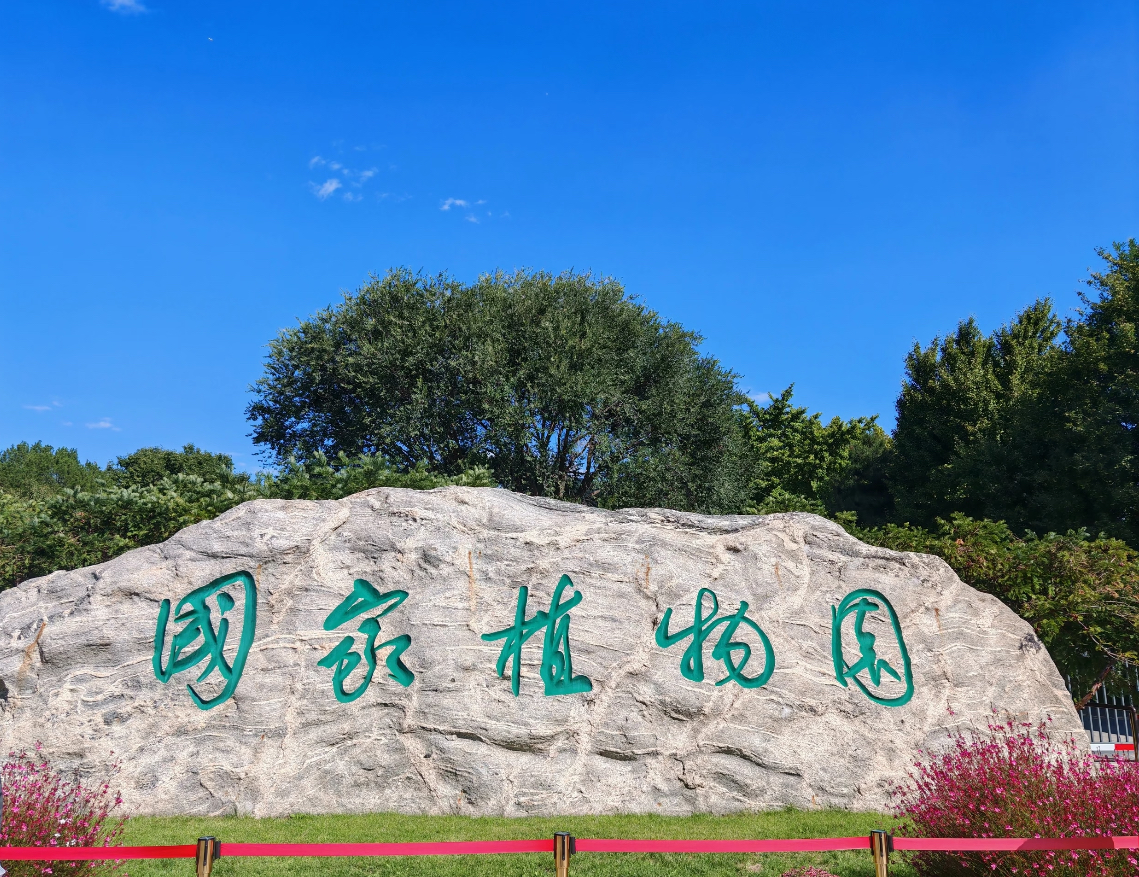 植物园碑石 The Stele of the Botanical Garden[/caption]
植物园碑石 The Stele of the Botanical Garden[/caption]
 植物园碑石 The Stele of the Botanical Garden[/caption]
植物园碑石 The Stele of the Botanical Garden[/caption]
Nestled beneath Beijing’s Western Hills, Beijing Botanical Garden, now part of China National Botanical Garden (North Garden), is a year-round oasis showcasing nature’s splendor across seasons. Wander through themed gardens bursting with blooms in spring, lush greenery in summer, fiery foliage in autumn, and serene snowscapes in winter. Beyond its beauty, the garden serves as a living museum of Chinese flora, blending leisure with education. This combined garden is home to more than 15,000 species of plants from around the world, including numerous rare and endangered ones. Whether you’re a nature enthusiast, cultural explorer, or seeking tranquility, this destination offers unmatched diversity.
How Can You Explore the Wonders of Beijing Botanical Garden?
Before visiting Beijing Botanical Garden, we need to know about the layout of the botanical garden. The China National Botanical Garden is composed of two parts: the North Garden (the former Beijing Botanical Garden) and the South Garden (the Institute of Botany, Chinese Academy of Sciences). Therefore, the Beijing Botanical Garden is only a part of it.
A. Recommended Travel Routes
Route for North Garden Only (Suitable for Half-day Visit)
-
Start at the entrance and head straight to the Tropical Conservatory to admire the tropical and subtropical plants. Spend about 1 - 1.5 hours here exploring different zones.
-
Then, move on to the Peony Garden (if it's the blooming season in spring). Walk around, take pictures, and learn about peonies for about 30 - 45 minutes.
-
Next, visit the Bonsai Garden to appreciate the art of bonsai cultivation. Allocate around 30 minutes here.
-
End your visit to the Cherry Blossom Avenue (in spring) or the Chrysanthemum Garden (in fall), strolling and enjoying the seasonal flowers for about 30 - 45 minutes.
Route for North and South Gardens (Suitable for Full-day Visit)
-
Morning in North Garden: Begin with the Tropical Conservatory as in the previous route. Then, visit the Greenhouse Display Area to learn about plants from different climates, spending about 1 - 1.5 hours in total for these two attractions.
-
Late Morning - Early Afternoon in North Garden: Walk through the various themed gardens like the Peony Garden, Rose Garden, etc., according to the season. Allocate about 1.5 - 2 hours for this part.
-
Afternoon in South Garden: Have lunch near the North Garden entrance and then head to the South Garden. Start with the Rare and Endangered Plant Area to see unique and threatened plant species, spending about 1 - 1.5 hours.
-
Late Afternoon in South Garden: Explore other specialized areas such as the Aquatic and Vine Plant Area or the Gymnosperm Area for about 1 - 1.5 hours before exiting.
B. Highlights of Beijing Botanical Garden (North Garden)
Peony Garden
[caption id="attachment_573" align="aligncenter" width="1106"]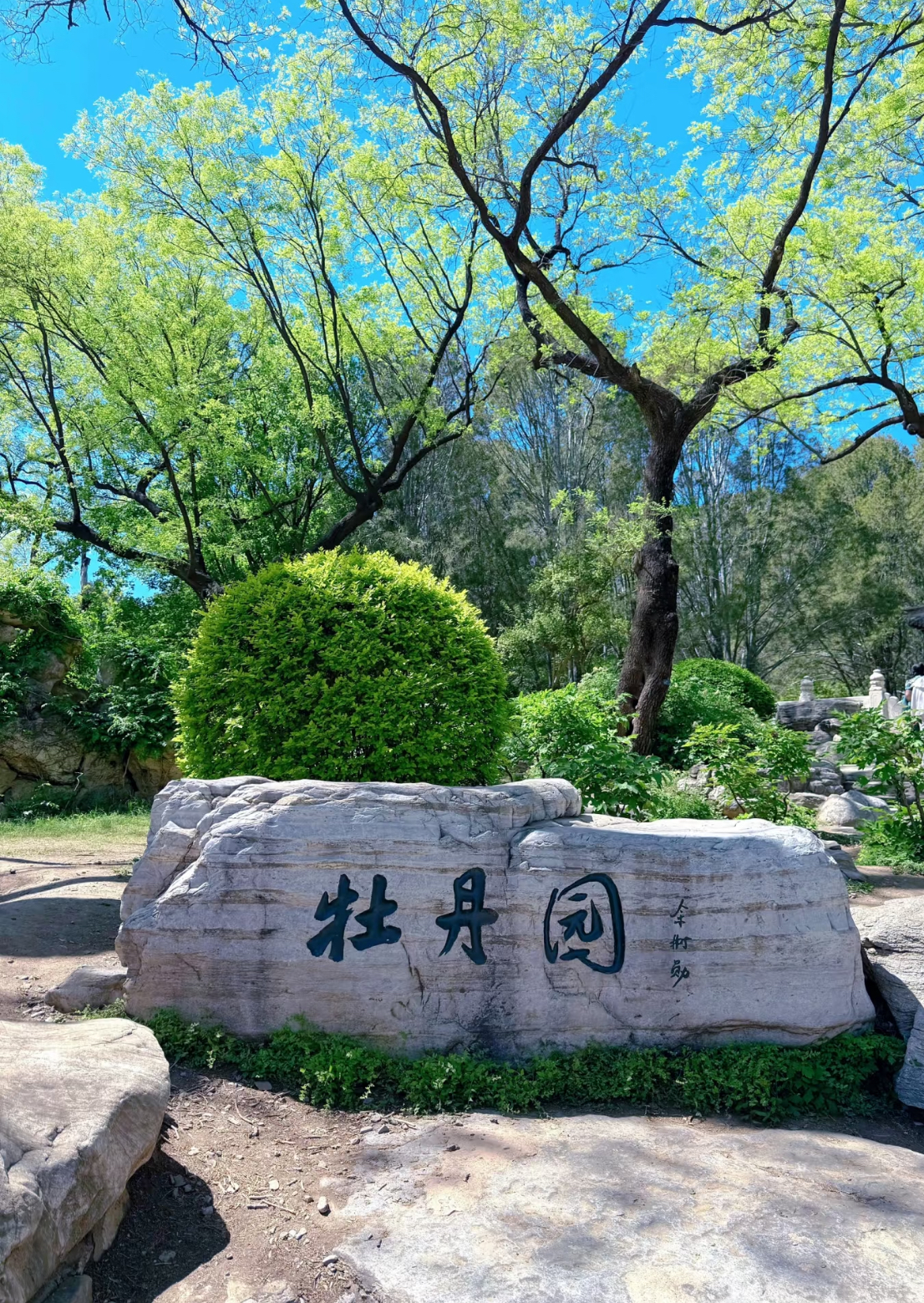 牡丹园前景 The Initial Scenery of the Peony Garden[/caption]
[caption id="attachment_574" align="aligncenter" width="800"]
牡丹园前景 The Initial Scenery of the Peony Garden[/caption]
[caption id="attachment_574" align="aligncenter" width="800"]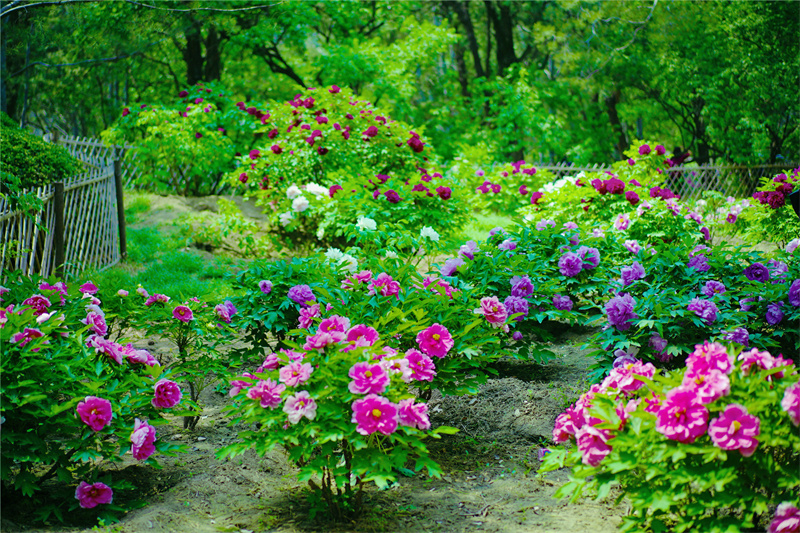 牡丹花丛 Peony Flower Bush[/caption]
牡丹花丛 Peony Flower Bush[/caption]
Especially popular in spring, the peony garden is a sight to behold. It features thousands of peonies in various colors and varieties, from bright pinks and reds to delicate whites and yellows. The carefully arranged patterns and designs of these blooms create a spectacular display of natural beauty. Here, visitors can stroll, take photos, and learn about the long history and cultivation techniques of peonies in China.
Bonsai Garden
[caption id="attachment_579" align="aligncenter" width="1179"] 盆景园正门 The Gate of the Bonsai Garden[/caption]
盆景园正门 The Gate of the Bonsai Garden[/caption]
The bonsai garden presents a collection of meticulously maintained bonsai trees, a traditional Chinese art form where small trees mimic the shape and scale of full-sized ones. With species like pine, maple, and juniper, some of which are over a hundred years old, the garden offers a serene space. Visitors can admire the intricate details, learn about bonsai cultivation history and techniques, and even purchase related souvenirs.
Greenhouse Display Area
This indoor exhibition space showcases plants from different climate zones worldwide. Sections representing deserts, tropical rainforests, and alpine regions allow visitors to explore and learn about the unique characteristics of each environment and the plants that thrive there. It serves as an excellent educational resource for those interested in botany, ecology, or environmental science, providing a fascinating look into global plant diversity.
Cherry Blossom Avenue
Lined with hundreds of cherry blossom trees, this avenue is a scenic pathway that comes alive in spring when the blossoms create a stunning display of pink and white petals. It's a popular spot for leisurely strolls and photography. The avenue also hosts events and festivals, such as the cherry blossom festival, celebrating the arrival of spring and natural beauty.
[caption id="attachment_575" align="aligncenter" width="1179"]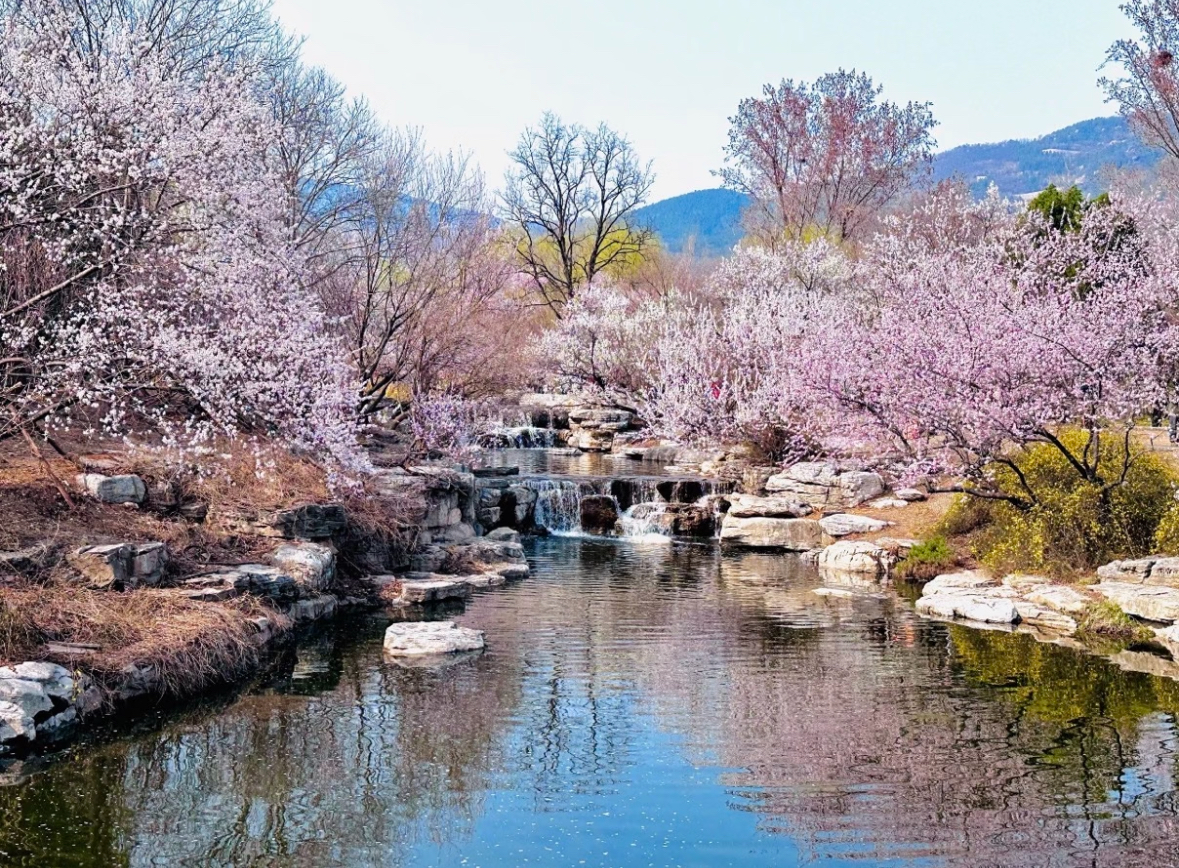 樱花盛开时 Cherry Blossoms in Bloom[/caption]
樱花盛开时 Cherry Blossoms in Bloom[/caption]
 樱花盛开时 Cherry Blossoms in Bloom[/caption]
樱花盛开时 Cherry Blossoms in Bloom[/caption]
C. Highlights of the South Garden (Institute of Botany, Chinese Academy of Sciences)
Specialized Plant Areas
The South Garden has areas like the Gymnosperm Area, which since the 1960s has preserved over 60 species (and varieties) of gymnosperms including those from the Ginkgoaceae, Pinaceae, Cupressaceae, Taxaceae, and Ephedraceae families. The Aquatic and Vine Plant Area, established in 1973, houses over 200 species of aquatic and vine plants, such as the famous thousand - year - old lotus unearthed in 1952, and vines like Wisteria sinensis and Campsis radicans.
Rare and Endangered Plant Area
Covering 1.5 hectares, this area collects around 70 species of rare and endangered plants, many of which are unique to China. Examples include Sinojackia xylocarpa, Euptelea pleiospermum, Liriodendron chinense, and many more. Some, like Metasequoia glyptostroboides and Ginkgo biloba, are "living fossil" relic plants from the Tertiary period.
[caption id="attachment_1224" align="aligncenter" width="1179"]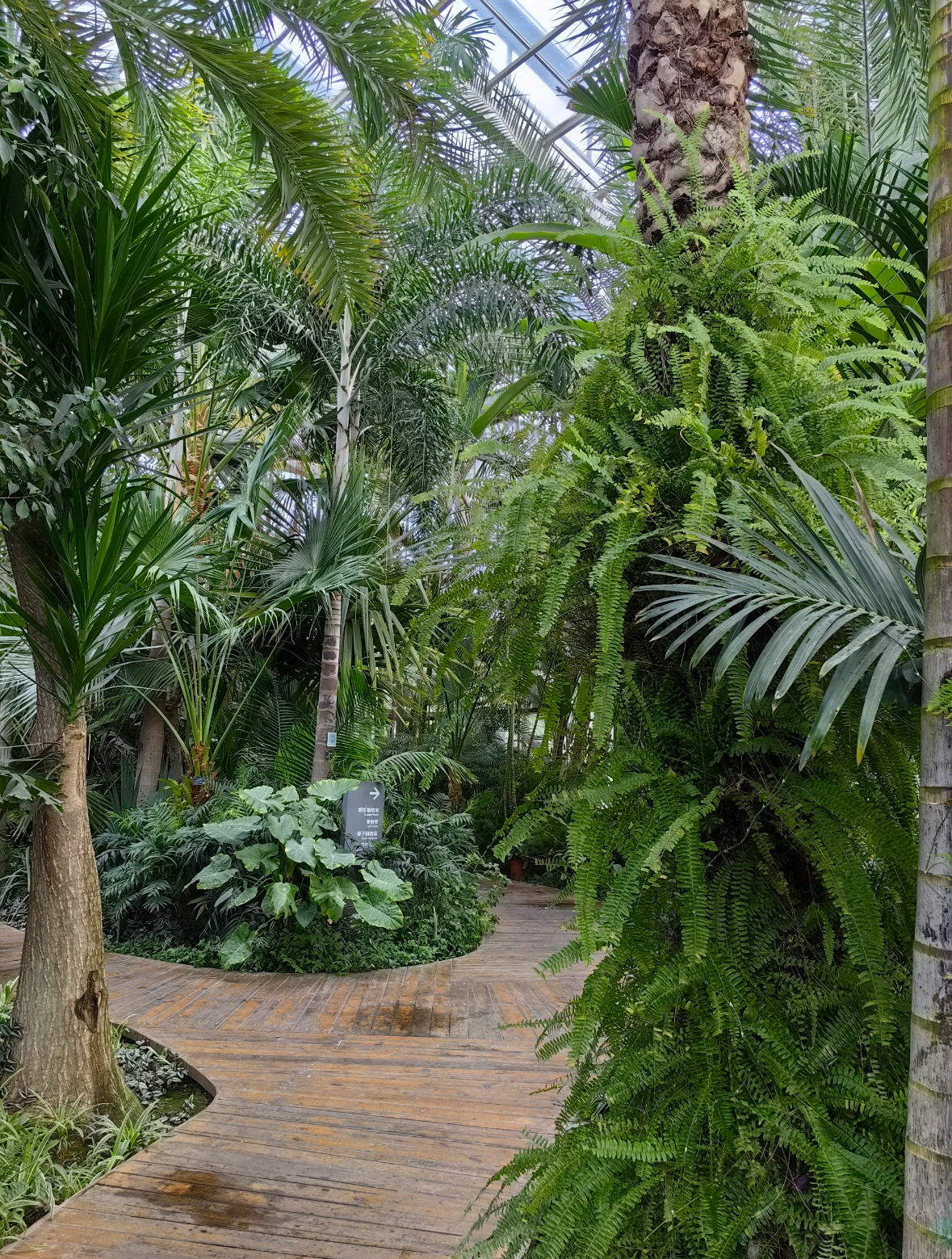 南园多种类植物 Numerous Kinds of Plants in South Garden[/caption]
南园多种类植物 Numerous Kinds of Plants in South Garden[/caption]
 南园多种类植物 Numerous Kinds of Plants in South Garden[/caption]
南园多种类植物 Numerous Kinds of Plants in South Garden[/caption]
How To Book Tickets?
A. Booking & Prices
-
Online booking (mandatory): Reserve 1–7 days in advance via official website (https://www.chnbg.cn/navigation_service.html#pwfw). Scan QR code for entry—no language barriers!
-
Prices:
-
North Garden: ¥5
-
North Combo (Garden + Conservatory + Temple of Reclining Buddha): ¥50
-
South & North Combo: ¥10
-
-
Opening Hours:
-
6:00 - 21:00; last admission: 20:00 (16th March - 15th November)
-
6:30 - 19:00; last admission: 18:00 (16th November - 15th March)
-
B. Visitor Tips
-
Bring passport for ticket checks.
-
Refunds require 24-hour cancellation via the booking platform.
How Many Dining Options Can You Have?
A. Inside the Garden
-
Wofo Temple Vegetarian Restaurant: Meat-free dishes using temple-grown herbs. Avoid if allergic to mushrooms or gluten.
-
Picnic Zones: Near the Bamboo Garden (bring reusable utensils).
B. Nearby Restaurants
-
Fenghuixuan Hand-Pulled Noodles (1km): Try knife-shaved noodles with beef (¥30/person).
-
Xiangyue Grilled Fish (2km): Spicy Sichuan-style carp (¥60/person).
How To Get To Beijing Botanical Garden?
A. Bus
-
Take bus 318, 360, 505, 563, 698, or 932, get off at National Botanical Garden stop (国家植物园), and you will be standing at the ticket office.
B. Subway
-
Take the West Suburb Subway Line and get off at National Botanical Garden Station (国家植物园) to reach the entrance. Google Map for Beijing Botanical Garden Transportation
[caption id="attachment_577" align="aligncenter" width="1170"]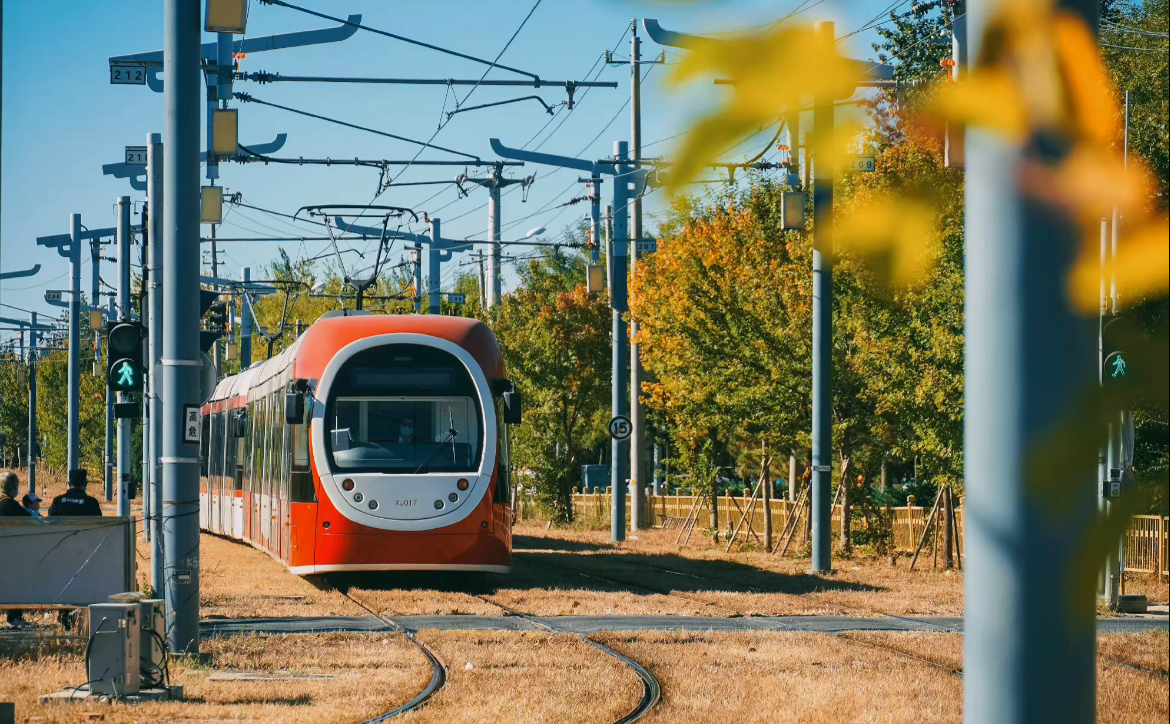 北京西郊线 Beijing Modern Tram XIJIAO Line[/caption]
北京西郊线 Beijing Modern Tram XIJIAO Line[/caption]
 北京西郊线 Beijing Modern Tram XIJIAO Line[/caption]
北京西郊线 Beijing Modern Tram XIJIAO Line[/caption]
What To Pay Attention To When Visiting?
-
Wear comfortable shoes as there is a lot of walking involved.
-
Bring a hat, sunglasses, and sunscreen, especially if visiting during the summer months.
-
Consider bringing a picnic to enjoy in one of the garden's many picnic areas.
-
Check the garden's website or social media pages for information on special events, exhibitions, and flower blooming times.
-
If you are interested in learning more about the plants, consider joining a guided tour or hiring a private guide.
[caption id="attachment_576" align="aligncenter" width="1179"]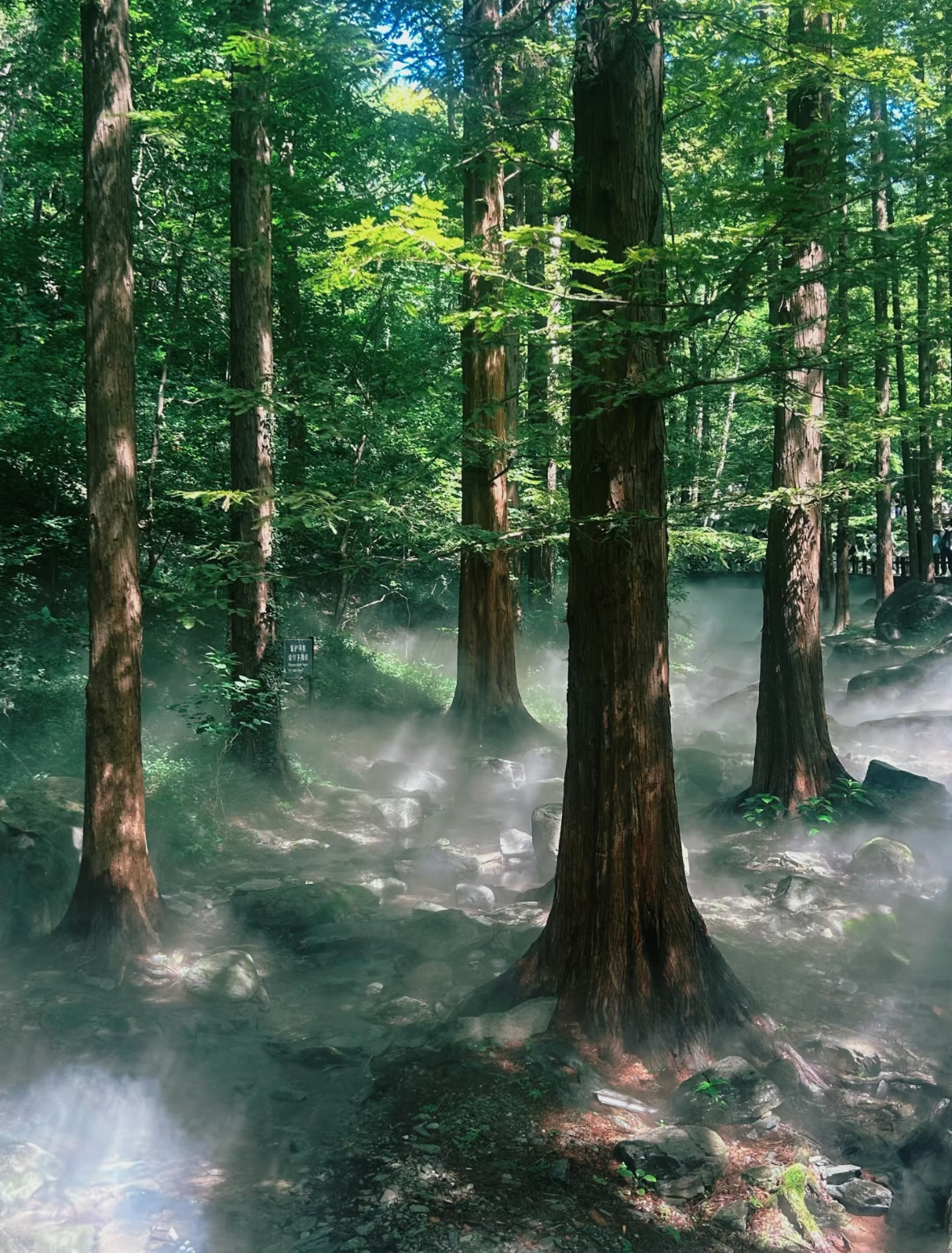 水杉林景色 The Scenery of the Metasequoia[/caption]
水杉林景色 The Scenery of the Metasequoia[/caption]
 水杉林景色 The Scenery of the Metasequoia[/caption]
水杉林景色 The Scenery of the Metasequoia[/caption]
[caption id="attachment_580" align="aligncenter" width="1179"]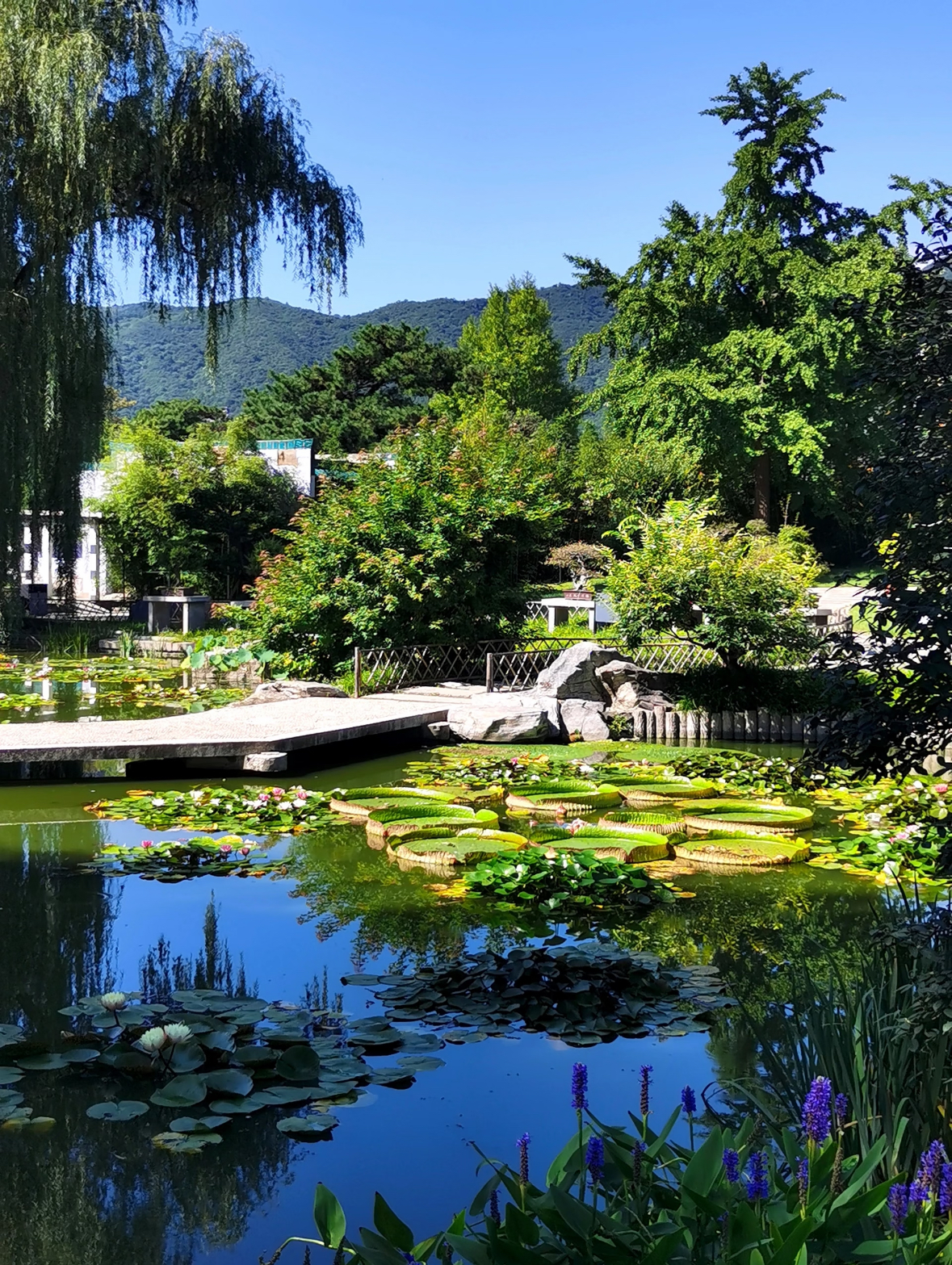 莲花池 Lotus Pond[/caption]
[caption id="attachment_581" align="aligncenter" width="1179"]
莲花池 Lotus Pond[/caption]
[caption id="attachment_581" align="aligncenter" width="1179"] 花团锦簇 A Mass of Blooming Flowers[/caption]
花团锦簇 A Mass of Blooming Flowers[/caption]
 莲花池 Lotus Pond[/caption]
[caption id="attachment_581" align="aligncenter" width="1179"]
莲花池 Lotus Pond[/caption]
[caption id="attachment_581" align="aligncenter" width="1179"] 花团锦簇 A Mass of Blooming Flowers[/caption]
花团锦簇 A Mass of Blooming Flowers[/caption]
The Beijing Botanical Garden is a must-visit destination for anyone traveling to Beijing. With its beautiful gardens, diverse plant collections, and rich cultural history, it offers something for everyone. Whether you are a nature lover, a plant enthusiast, or just looking for a peaceful escape from the city, the Beijing Botanical Garden is the perfect place to visit. So, plan your trip today and experience the beauty of nature in the heart of Beijing.
Resources
Beijing Botanical Garden (China National Botanical Garden)" - https://chinatripedia.com/beijing-botanical-garden-ticket-opening-hours-highlights-and-tips/
Beijing Botanical Garden - https://www.tripadvisor.com/Attraction_Review-g294212-d1793342-Reviews-Beijing_Botanical_Garden-Beijing.html
Beijing Botanical Garden - https://www.beijingtrip.com/attractions/beijing-botanical-garden.htm
